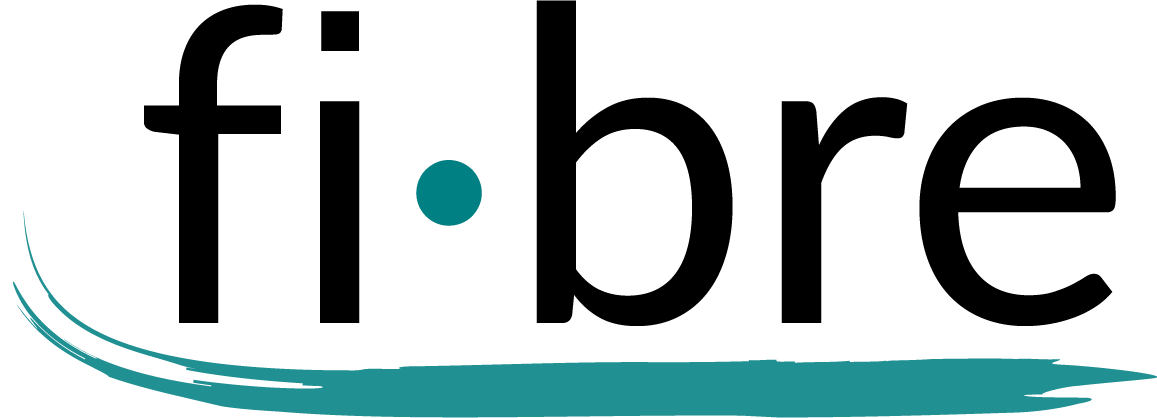Does Therapeutic Massage Help Lower Blood Pressure?
For the past four years, I’ve been taking medication to lower my blood pressure. I’d like to think I can get away from the pills by changing my eating habits and increasing the amount of cardio I do on a weekly basis. I also receive therapeutic massages about twice a month to help reduce stress and blood pressure.
To find out if the massage sessions had any effect on hypertension (i.e., high blood pressure), I looked for studies or articles related to the topic. I found the following two studies which discuss how massage therapy may be effective in lowering blood pressure:
For three weeks, study participants received a ten minute back massage.
In 2005, the Biological Research for Nursing published a preliminary study which found massaging a participants back resulted in a positive impact on persons with clinically diagnosed hypertension; after the back massage the participants’ had lower blood pressures. Over a three-week period, the participants received three back massages each week. This study included a control group which did not show the same results.
In 2013, a clinical study conducted in Poland focused on the impact of daily massages on ten women with clinically diagnosed hypertension. Each woman daily received one massage for ten consecutive days. One minute before initiating and one minute after ending each massage session, the women had their blood pressure measured. For each session, only the women's lower limbs were massaged using "classic" or "Swedish" techniques. After the ten days of the clinical study, each woman had lower blood pressure readings.
I noticed the following similarities in each of the studies:
The participants received therapeutic massage rather frequently (i.e, once every day, three times a week)
The massage sessions were of a considerably shorter duration (i.e., less than 20 minutes) than services usually offered through a spa, which usually start at 50 minutes.
The participant did not receive a full body massage; the sessions were limited to one area (e.g., lower limbs, back )
These similarities may stem from restrictions inherent in doing the studies. For example, they may have needed shorter sessions to reduce costs or to accommodate the participants' schedules. Also, limiting the massage therapy sessions to a specific region of the body may have helped ensure consistent delivery of the massages.
After reading how the frequent yet shorter duration massage sessions helped lower blood pressure, I have a better sense of how often a client diagnosed with hypertension might want to consider receiving therapeutic massage. As often as three times a week may be needed to reap all of the benefits of a massage in terms of lowering blood pressure readings.
The studies’ results inspired me to update the services offered at fibre in Silver Spring. The fibre Wellness Program provides clients with the option of choosing affordable monthly massage sessions. To make it align with the study format (shorter massage sessions with a limited focus) have been added to the list of services.
fibre now offers two therapeutic massage sessions (i.e., facial or a foot massage) which can be completed in considerably less time than a full body massage. The reduced time commitment helps fit the therapeutic benefits of a massage session into any schedule.


